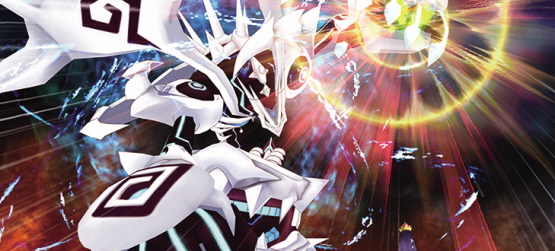We put a lot of stock into so-called “unique” and “original” ideas in the gaming industry, don’t we? Though the reality is that there aren’t a ton of truly original concepts out there — most games are content to settle into mere variations on a genre — the words “innovation” and “unprecedented” get thrown out every five seconds at E3, and plenty of gamers at least say they want new IP from the companies they love (although the way they vote with their dollar might prove otherwise). Just because an idea is uncommon, though, doesn’t mean it’s going to hold water in practice. Such is the tragedy of Trillion: God of Destruction, the latest JRPG from Compile Heart. While you’d be hard-pressed to find another game that plays like this, it squanders the majority of its good ideas with awkward control, a sloppy interface and an overall sense that everything was rushed out of the oven before it was done.

Adorable Color-Coded Archetypes
There’s one element that does seem fully-formed, and that’s the story. To be sure, it’s a pretty simple and lighthearted tale, but it’s rendered with a lot more love and care than the gameplay. Anyone who’s played Disgaea 5: Alliance of Vengeance, or really any of Nippon Ichi Software’s underworld-dwelling series, will feel right at home here — and no surprise, since many of that franchise’s key creators came over to work on Trillion. Like any narrative in Disgaea, this is a humorous tale about wacky demon Overlords vying for power. This one takes more of a dating-sim approach to its selection of color-coded characters (although it’s not really “dating” in the literal sense). When the eponymous villain descends to take a bite out of the underworld, he kills both the Great Overlord Zeabolos and his brother Astaroth in the process — which leaves six demons as potential heirs to the throne. Zeabolos makes a deal with a girl named Faust (because really, what else would she be named?) to return to the world of the living in exchange for his soul, meaning he must choose and train one of his fellow Overlords to take over for him and take down Trillion.
These Overlords are some reeeeeal characters. And by that, I mean goofy archetypes you’ve seen a bajillion times before, but that hasn’t stopped you from loving them before — and you’ll be hard-pressed not to be at least a little charmed here. Besides, at least these gals have a reason for having such one-note personalities: each one is essentially an embodiment of one of the seven deadly sins (and if you’re keeping count, that means one is left out, that being Wrath). Overall, the interactions between these demons is often funny and adorable, even if it does get bogged down in standard anime banter cliches. I did wish there’d been a bit more paring down of the script in localization, though — it’s frankly unbelievable how long some of these conversations go on. This is another game that, as I frequently say, says in 20 sentences what could be said in just one. Still, it’s hard to fault any of this when it does achieve the desired effect of being humorous and breaking up the gameplay.
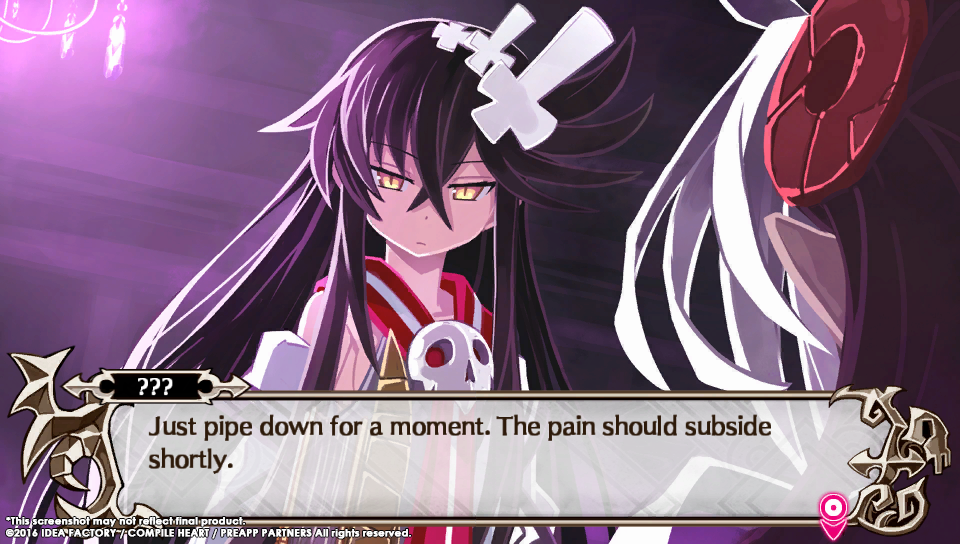
An Epic Adventure in…Menu Management
And boy, let me tell you: when you experience Trillion’s gameplay, you’ll be all but begging for the next long-winded cutscene. That’s not to say that everything is terrible here, but it’s such an overall mess that it’s hard to appreciate the individual elements that do work. First, and most bafflingly, Trillion sheds the typical RPG structure by eschewing grinding and exploring for…menus. Yes, the vast majority of time you spend with it will be spent paring through various menus, and while that might be okay for other games — the Atelier series can get away with a great deal of menu-sorting thanks to its deep and addictive crafting elements, for example — there’s not actually a whole lot of fun or strategy behind the buttons here. And there are a lot of buttons, to be sure: you can train your chosen Overlord to raise her stat parameters; purchase gifts to raise her affection level; explore a mini-dungeon to gain items and experience; and go shopping for items and/or weapon upgrades, among other things.
But while that may sound like a lot, the actual practice is not very exciting. Trillion is set up with a timed structure: you’ve got seven days in a cycle, and only so many cycles until the titular baddie shows up to ruin your day. Until he does appear, you’ve got to spend your time preparing in Menu Land, which means finding a balance among the things you do each day — as inevitably, your actions are limited in some form or another (only three gifts may be given per day, you can only train once per day, etc). Part of what makes this so frustrating is just how random everything seems to be: your training can have varying rates of success, which means the RNG can determine whether you earn a piddling amount of experience or go into “Fever Time,” which ensures you get the maximum stat bonus for seven days. Then there are the random events which can crop up at any time, forcing you to make a choice that often — at least in my case — results in some sort of negative effect, like increasing your fatigue by 10% more each action or even disabling your ability to train for three days (!!!). This structure makes it tempting to save before every action, then load if you get a bad result, which brings the pace down to glacial levels.
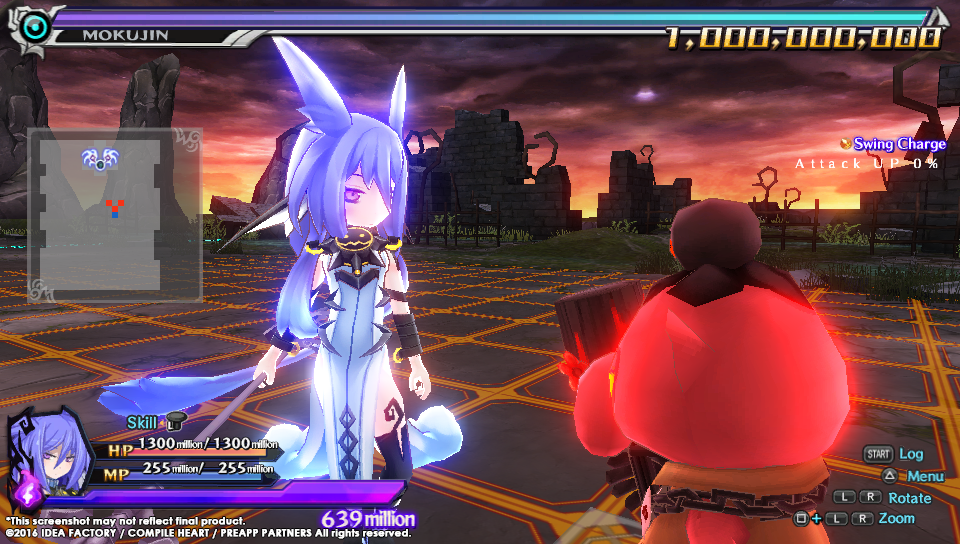
Clumsy Combat
Still, all your time in those menus has to pay off sometime…right? Well, when it does come time to do battle in Trillion, the good thing is that there is a clear and satisfying progression apparent. At the end of every cycle, you battle Mokujin, a “sample Trillion” who imitates the Big Bad’s behavior while being a bit more forgiving about the whole dying thing. When you first confront him, you won’t even be able to get near him, let alone make a scratch in his huge HP count. But as your stats, equipment and abilities get better, you’ll soon be able to cruise over and pound on him a bit, an undeniably satisfying affair after your first few miserable losses. But while this may sound great, it’s a long way from it in reality: it’s just so hard to enjoy the combat when it’s been executed in a way that makes Compile Heart’s Neptunia games look like Dark Souls by comparison. That is to say, if you thought Neptunia’s combat was stiff and clunky, just wait until you try to simply move your Overlord in this game. It’s a rigid, clumsy system where mistakes are harshly punished — and all-too-easy to make.
The game’s biggest crime is that it uses what it calls a “dual turn system,” meaning that enemies take their turn at the same time you do. That means that as soon as you start moving your character, the enemies mobilize in your direction as well — often forming a blockade between you and Mokujin or Trillion. This wouldn’t be so irritating if it weren’t so hard to take them out, but enemies have all manner of irritating qualities: this one knocks you back a space every time you approach it from the front, that one can’t be attacked head-on, and so on and so forth. These variables make contending with groups of enemies an obnoxious chore with very little room for error — because for every turn you waste, Mokujin/Trillion gets one turn closer to unleashing a devastating attack. To be sure, you’re able to see exactly where his move will land on the grid, but that’s hardly a comfort when mines and enemies are being unleashed en masse to keep you pinned down. But perhaps worse than any of this frustration is just the overall feel of the combat: from the moment you first move your Overlord, you know this system is cheap and undercooked.
Artistic Dissonance
The presentation largely reinforces what I’ve already said about the game: during the narrative sections, you get to look at lovingly-created art by Mugen Souls character designer Kei Nanameda; and during the battle sections, you get to look at poorly-rendered 3D models with wonky animation. It’s dissonant to move between them, and just serves to supplement that “half-baked” vibe. At least the soundtrack, by Disgaea and Phantom Brave composer Tenpai Sato, keeps a consistent level of energy and effort throughout: tinkling harpsichords and wailing choirs bring the “underworld melodrama” feeling in spades.
Back to the Drawing Board
Trillion: God of Destruction is a bold experiment by Compile Heart, but unfortunately, it’s one that doesn’t work all that well. Though the 2D art is nice to look at, and the story brings all the demonic whimsy its Disgaea-import team members can impart, it falls apart when it actually comes time to play. An overabundance of menus to sift through, a heavy reliance on random elements and a disastrously clunky combat system combine to make for a pretty miserable experience. Players who think they can put up with the frustration might be able to enjoy the sense of growth that comes from repeatedly tackling and eventually besting an overpowered enemy, but everyone else should steer far clear of this one.
Trillion: God of Destruction review code provided by publisher. For more information on scoring, please read our Review Policy here.
-
Watching your progression from zero to hero really can be satisfying
-
Appealing art during 2D narrative sections, great soundtrack
-
Colorful collection of characters that, though cliched, have been written with a lot of humor
-
So much time spent paring through dull menus
-
Obnoxious random elements can spoil a lot of your hard work
-
Combat system is unbelievably weak and clumsy
-
Graphics during 3D sections are cheap, animation quality is poor
Trillion 2/21
-
Trillion
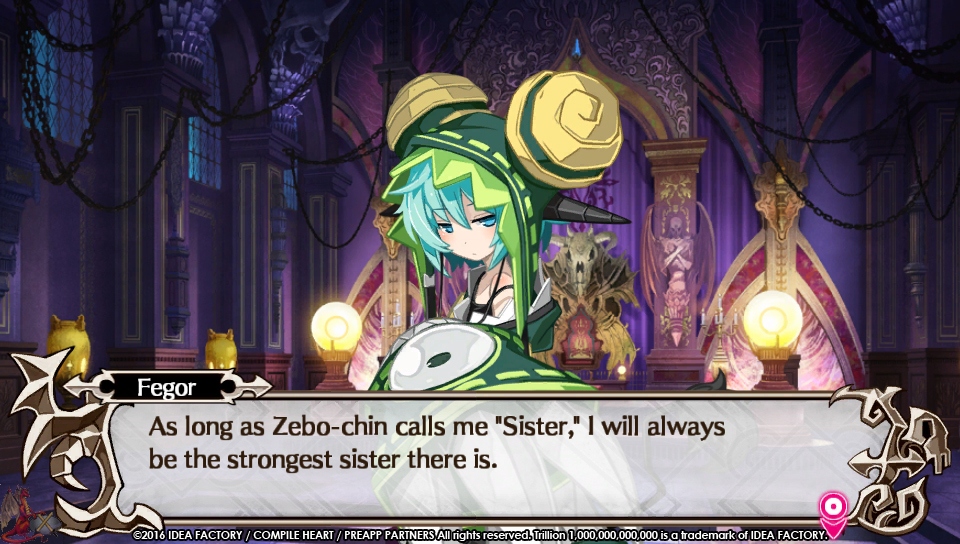
-
Trillion
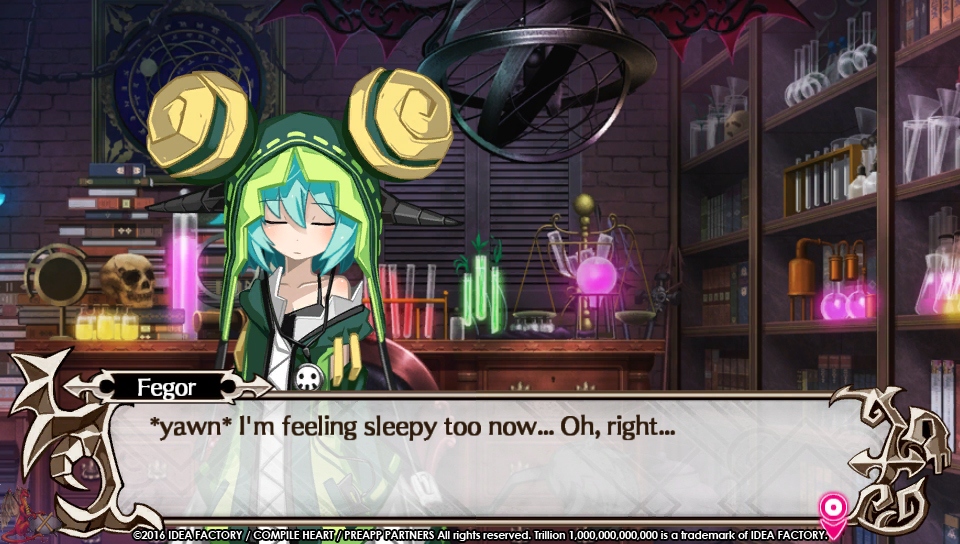
-
Trillion
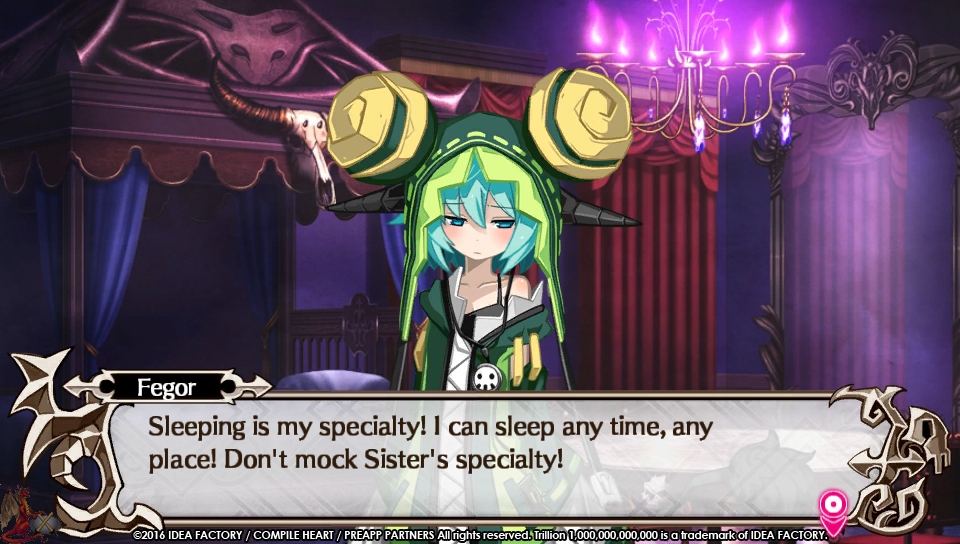
-
Trillion
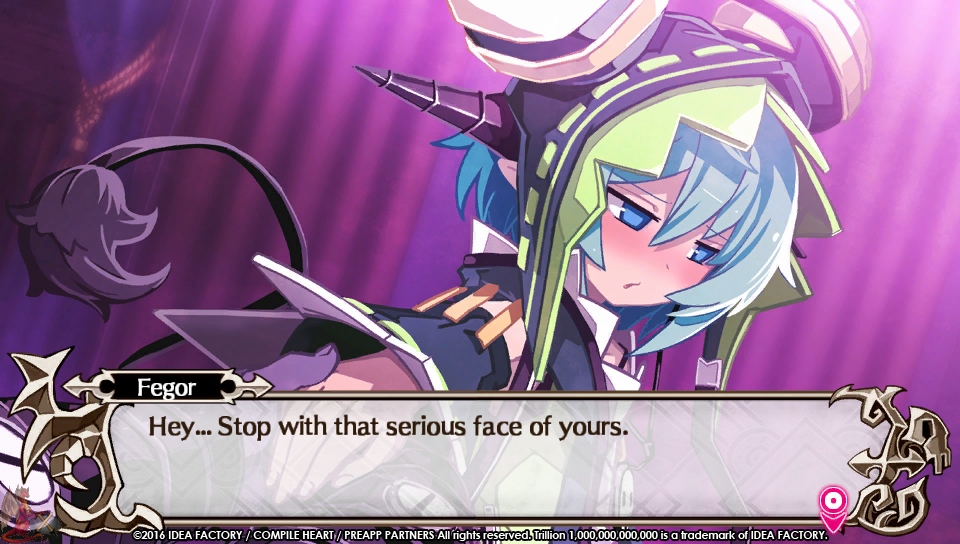
-
Trillion
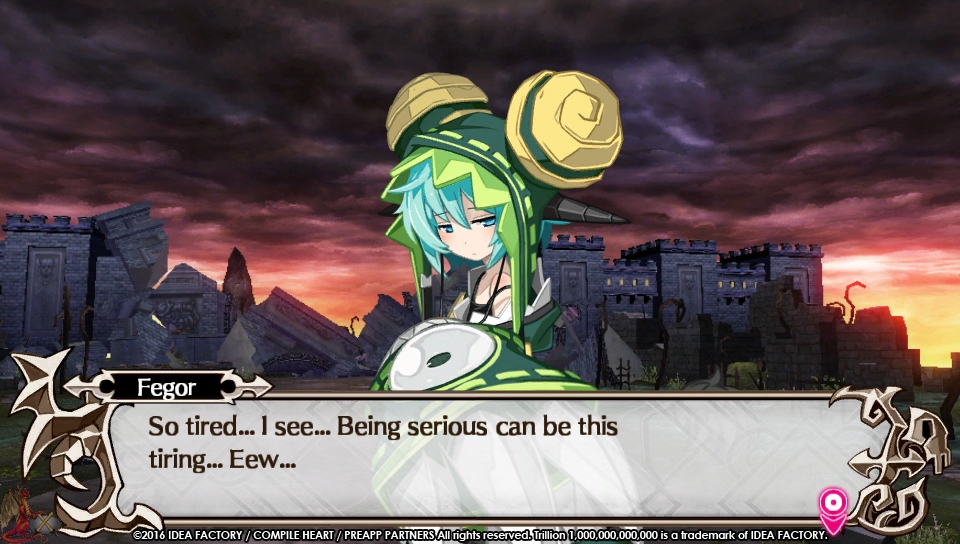
-
Trillion
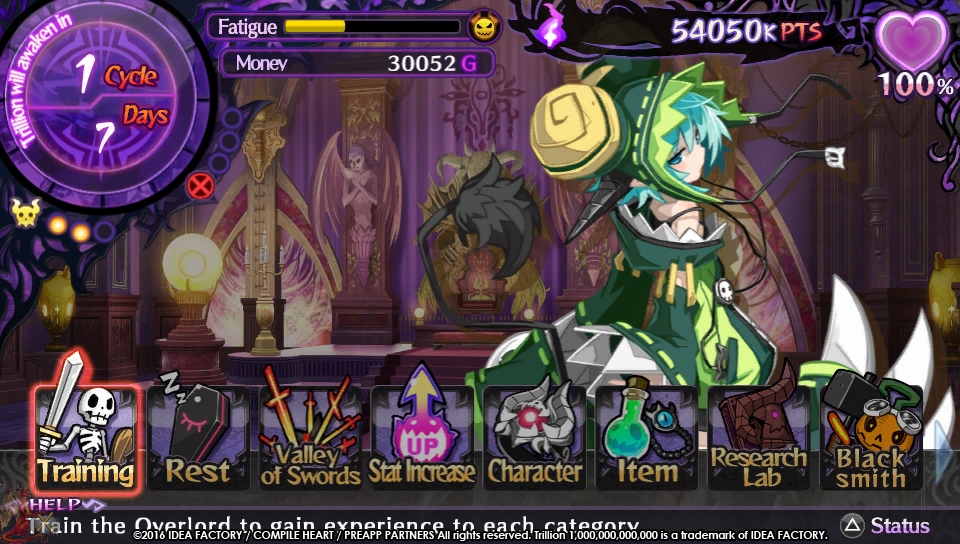
-
Trillion
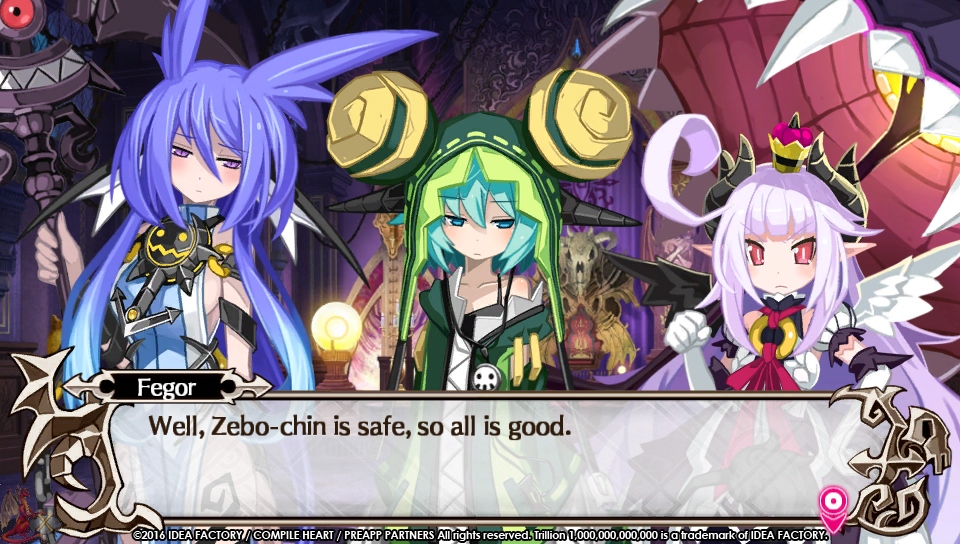
-
Trillion

-
Trillion

